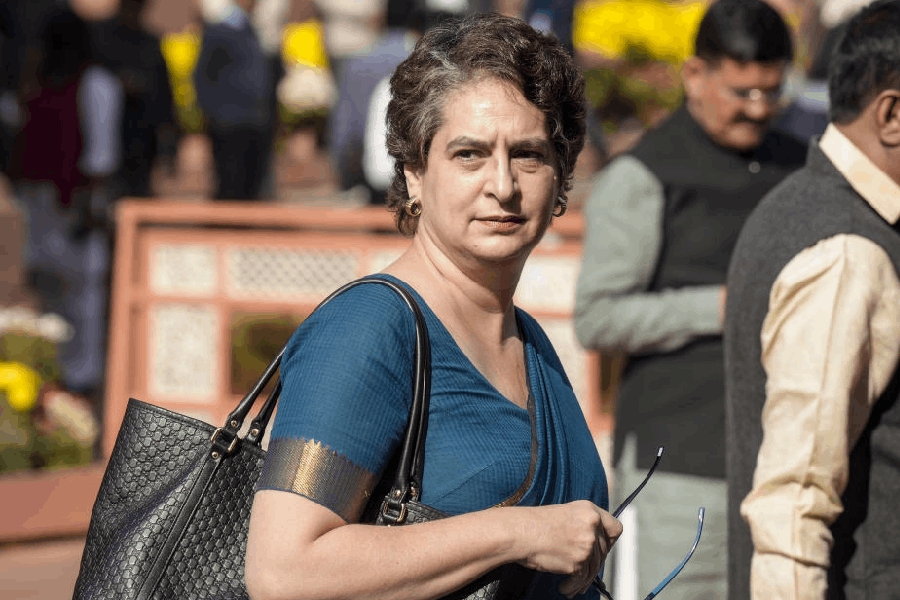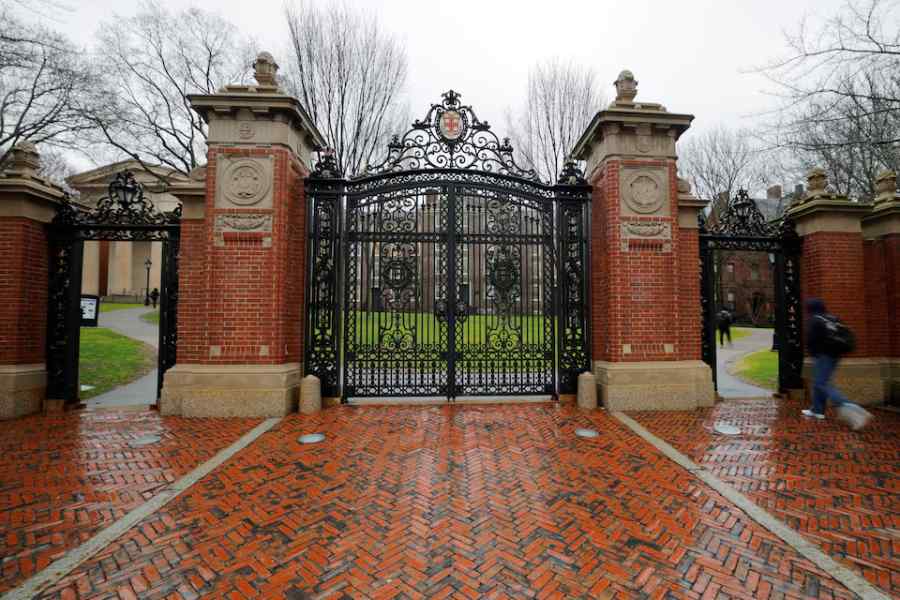 |
| Prakash Karmakar |
Prakash Karmakar, who died in Calcutta on Monday at 81, was the stormy petrel of the art scene and was known for his strong individualistic style, which had traces of Cubism and Expressionism.
He was the son of Prahlad Karmakar, who was an important painter of his time, and was an even more influential teacher at the Government College of Art & Craft.
Prahlad was not materially successful, and when his son joined the same institution as a student in 1951, he had to leave because of straitened circumstances. Prakash Karmakar’s struggle for survival made a strong impression on his work. For some time he used to visit the studio of Nirode Mazumdar, whose work he admired. That, too, was shortlived and Karmakar continued to work on his own.
Karmakar managed to create a stir when he held a hugely successful street exhibition by displaying his works on the fencing of the Indian Museum. His friend, poet Shakti Chattopadhyay, used to hold impromptu poetry reading sessions there. Karmakar was very close to litterateurs like Sunil Gangopadhyay.
Karmakar was a founder-member of the Society of Contemporary Artists but he broke away and formed the Calcutta Painters. He won the national award for painting at the Lalit Kala Akademi annual exhibition, and two years later he left for France on a fellowship from the French government. He met many leading artists and travelled extensively.
This is when his transformation came. He was definitely influenced by what he saw in the West but he was not taken in by abstract art and he never tried it out. The Calcutta he grew up in was a turbulent city where soon after the Partition, thousands of refugees camped here. This was reflected in his art, and although he had no political affiliations, his tremendous compassion for the downtrodden could not be doubted.
The denizens of redlight districts made regular appearances in his canvases which were often a celebration of sensuality. His great draughtsmanship was the driving force of his art. In 1971 he went away to Allahabad and returned about two decades later. He settled down in Bally. But he was a force to be reckoned with.










